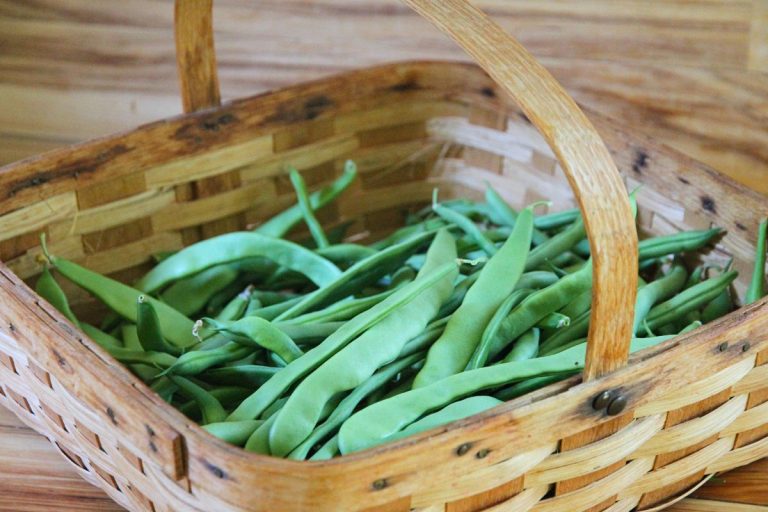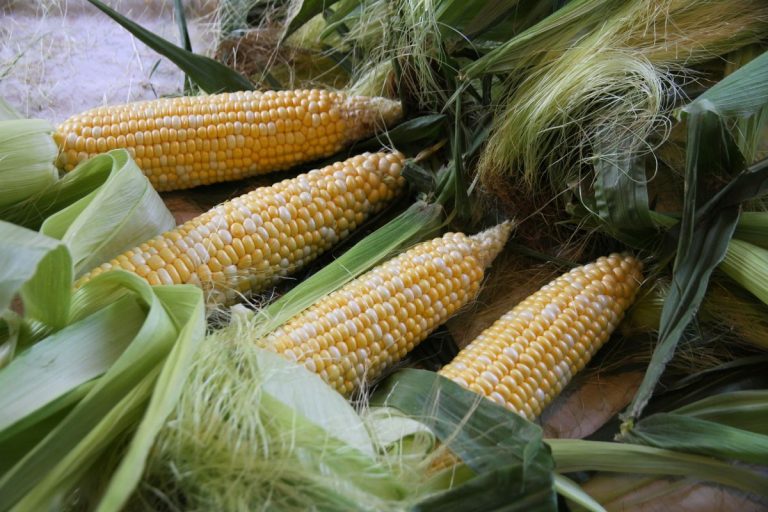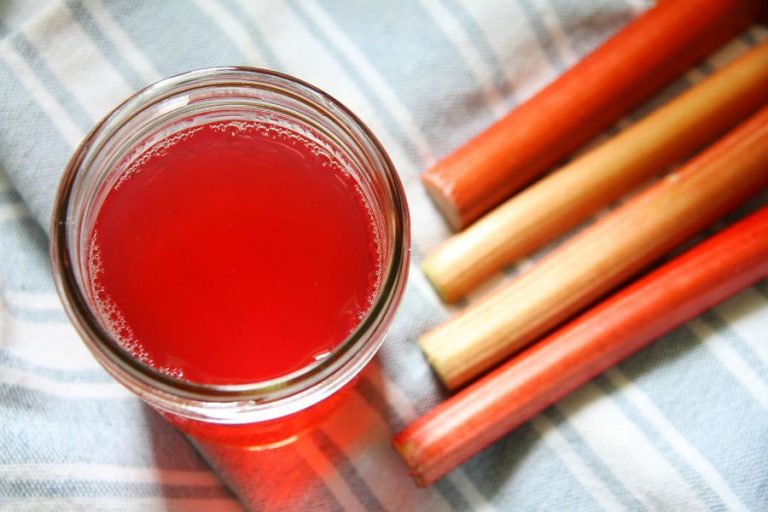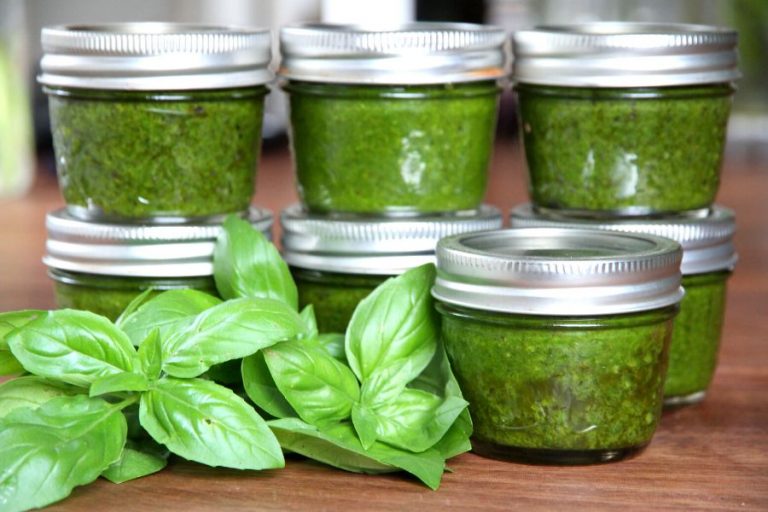How to Freeze Fresh Asparagus for Winter Eating
Follow these simple steps and learn to freeze raw asparagus so you can serve it year 'round at your table.
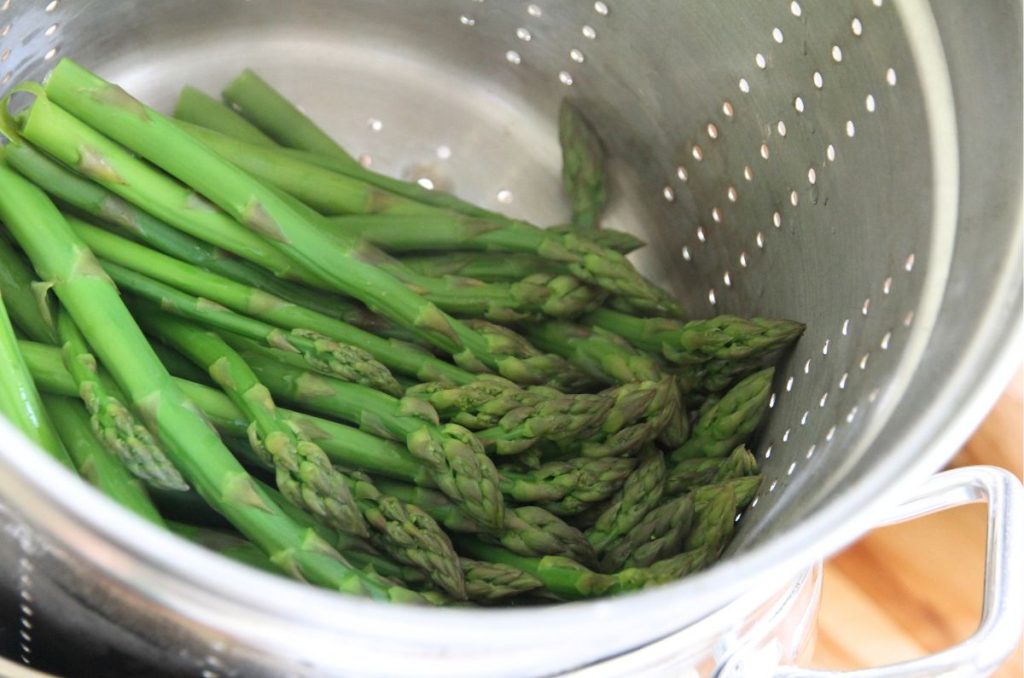
When my man and I finally moved to the countryside, asparagus was one of those perennials that I wanted to establish in my cottage gardens as soon as possible.
It's not because the asparagus season is long (it isn't), or because asparagus plants produce a ton of food (they don't). It has more to do with the fact that it's one of the first, harvestable vegetables that appear in the spring!
I don't know about you, but after a winter of eating from the cool room and the grocery store, I look forward to the first, fresh taste of home grown vegetables.
Rhubarb and asparagus were some of the first things I put in!
Here in my gardens, I grow both green asparagus and a purple variety as well. The purple asparagus has a milder, sweeter flavor. And I find the stalks are usually thicker and chunkier than my green variety.
I like pickling asparagus in the water bath canner.
But lately, I've discovered I really like freezing asparagus, so we can roast it in the oven and enjoy that good asparagus taste all winter long.
Here's how to freeze fresh asparagus for winter eating.
Tools You'll Need
- large pot
- slotted spoon
- colander
- baking sheet
- freezer bags
- permanent marker
Ingredients
- asparagus stalks
- boiling water
- ice water
How to Freeze Fresh Asparagus
Step 1: Set a Pot of Water on to Boil
Fill a large pot 2/3 full of water. Cover it with a lid and set it on the stovetop under high heat. Let it come to a rolling boil while you prepare the asparagus.
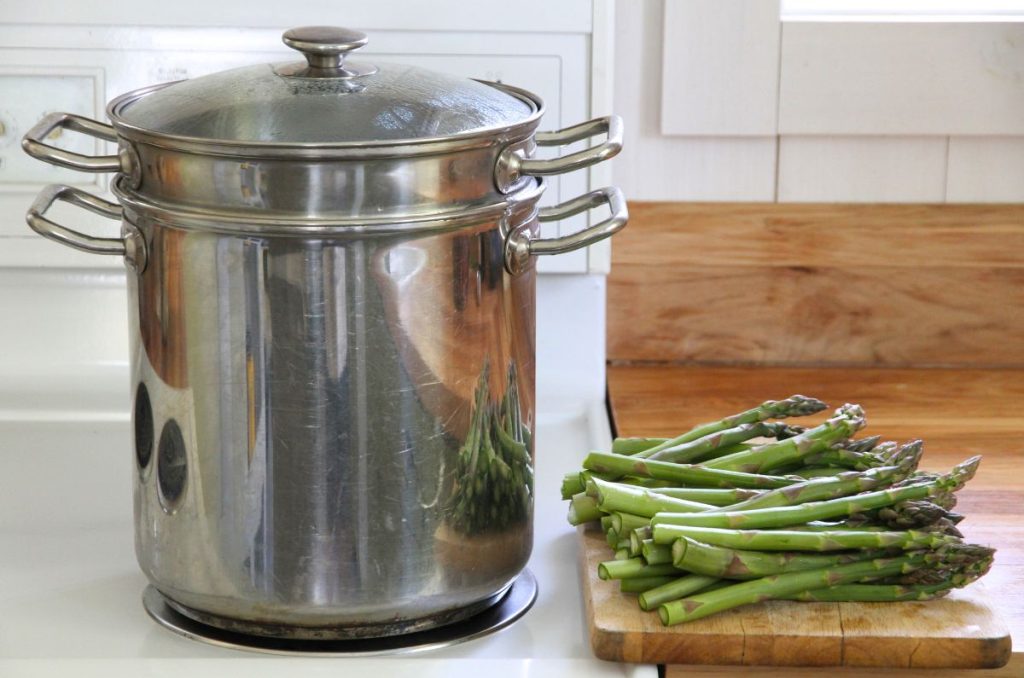
Step 2: Rinse and Sort Asparagus
Give your fresh asparagus spears a good rinse at the kitchen sink to remove all dirt and dust. If you have a wide variety of sizes, sort the asparagus into two piles: one with thin spears and another with thicker spears.
Step 3: Remove the Woody Ends
Asparagus usually has tough, woody ends that go stringy when cooked. For best results, you'll want to snap off the tough ends before blanching.
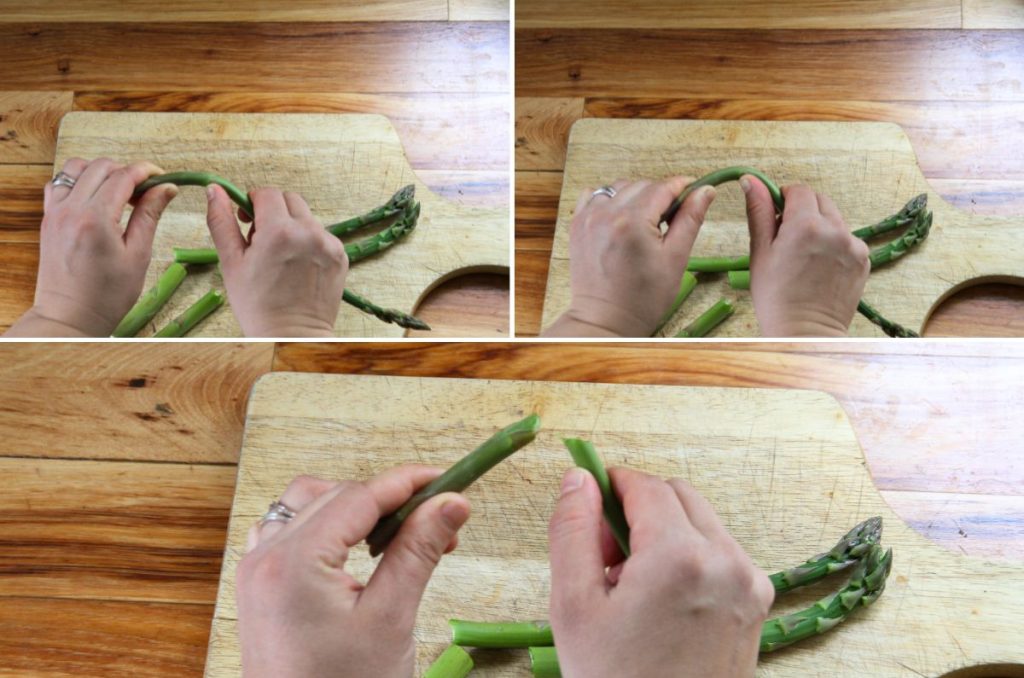
Tip: to remove the tough end, grab hold of your stalk at the base with both hands. Slide one hand toward the end of the spear while bending the stalk. It will naturally snap off where the tough and tender fibers meet, leaving you with the best part of the spear.
Step 4: Fill the Kitchen Sink with Cold Water
Add 6-8 inches of cold water to your kitchen sink, so you can quickly cool your blanched asparagus. Go ahead and add ice cubes if your tap water doesn't run cold.
Step 5: Blanch Asparagus in Boiling Water
When your large pot of water boils, it's time to blanch the first group of asparagus! The key is to avoid overcooking, but still heat the outside of whole spears enough to significantly slow enzyme action in the freezer.
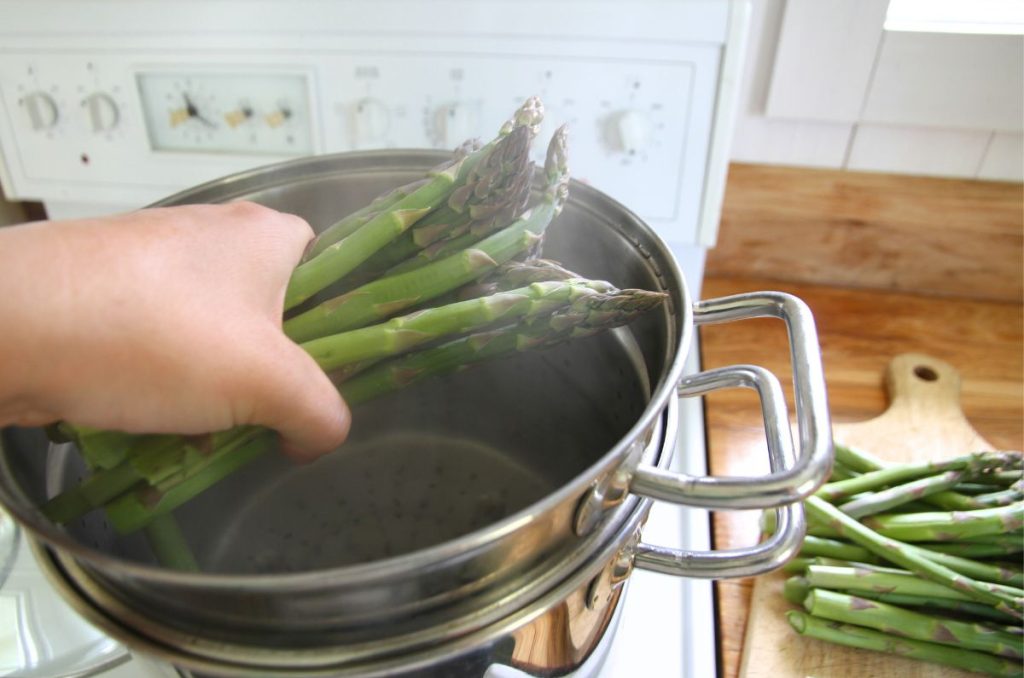
Because asparagus can come in all different sizes and thicknesses, large spears will need more time, while small spears should be given less to avoid overcooking.
Helpful tip: if you buy your spears in bundles, they've likely been sorted and will be similar in size. But if you grow your own, you'll find a large variance in thickness and will probably want to sort them to size, so you can process accordingly.
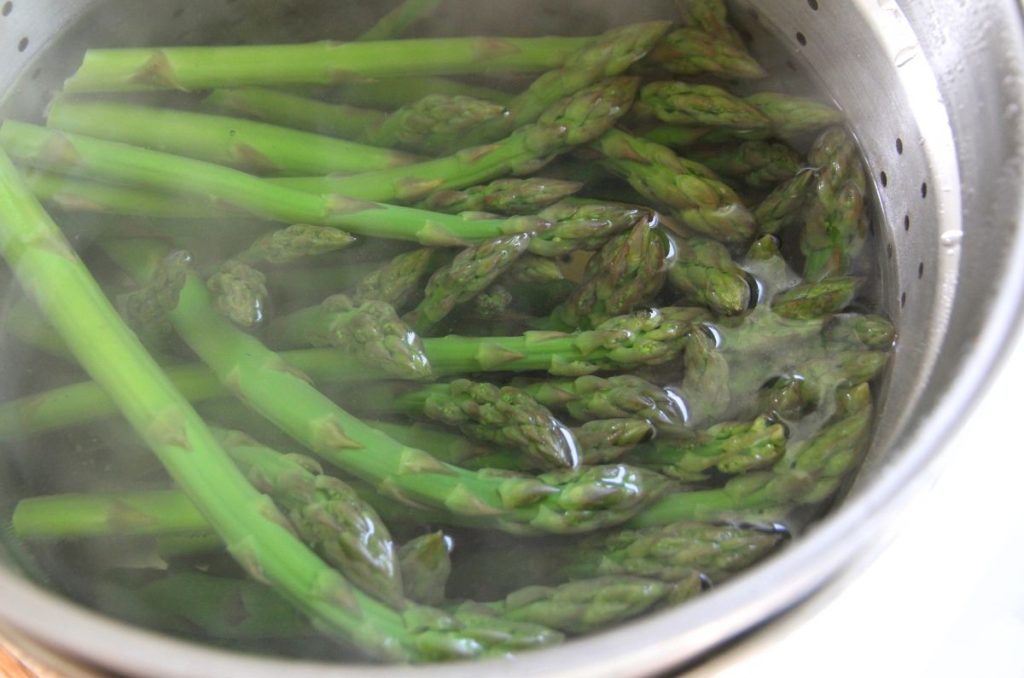
Process times for whole asparagus varies anywhere from 60 seconds-3 minutes. Here are basic blanching times for you to follow.
Large spears (thumb size or bigger): 2-3 minutes
Small spears (pinky size or thinner): 60 seconds
Step 6: Plunge Blanched Asparagus into Cold Water
Once your spears have been blanched, lift them with a slotted spoon or colander and drop them into the sink of cold water.

Let asparagus cool for 30-60 seconds.
This puts a rapid stop to the cooking process and will leave you with firmer asparagus for cooking.
Step 7: Let Excess Water Drain Off Asparagus
Use a colander to lift them cooled asparagus out of the water.
Let them drain at the kitchen sink while you put the next batch through the boiling water. Alternatively, you can also spread them to dry on a clean kitchen towel.

Step 8: Flash Freeze Asparagus on a Baking Tray
Drained asparagus can be spread out on a baking sheet in a single layer. Pop the baking sheet or tray into the freezer and leave until spears are frozen solid.
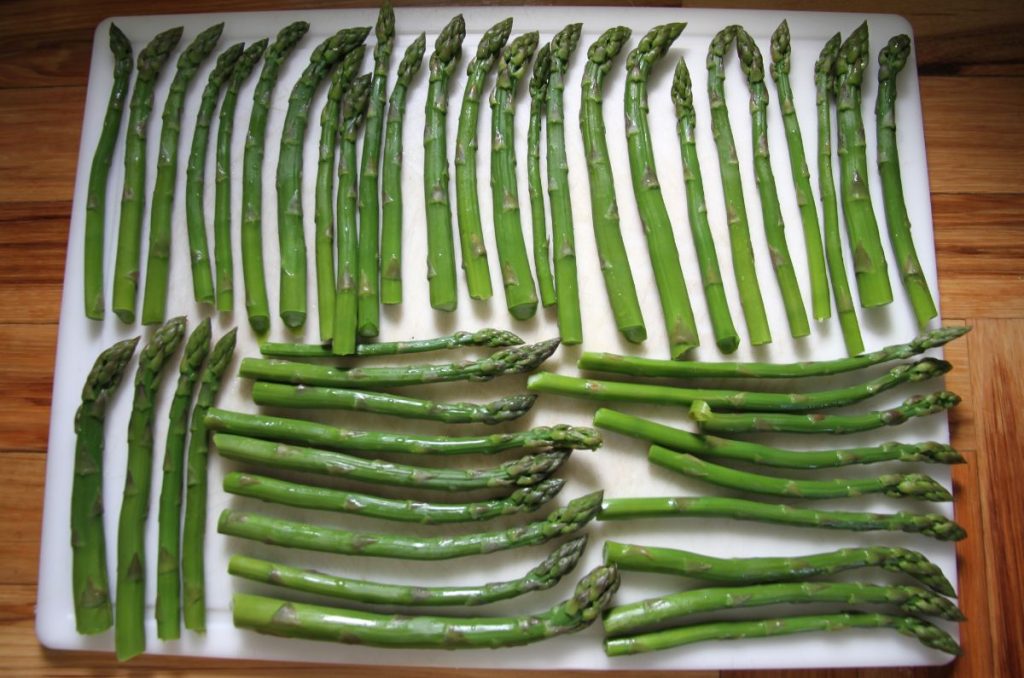
Step 9: Bag and Refreeze Asparagus
To avoid freezer burn, asparagus should be bagged before freezing for long term food storage. Use a spatula or flipper to loosen frozen spears, then place them in a ziploc bags.

Be sure to label each plastic bag and store asparagus in the freezer.
It will keep up to a year if sealed in a good bag, and should be cooked in its frozen state.
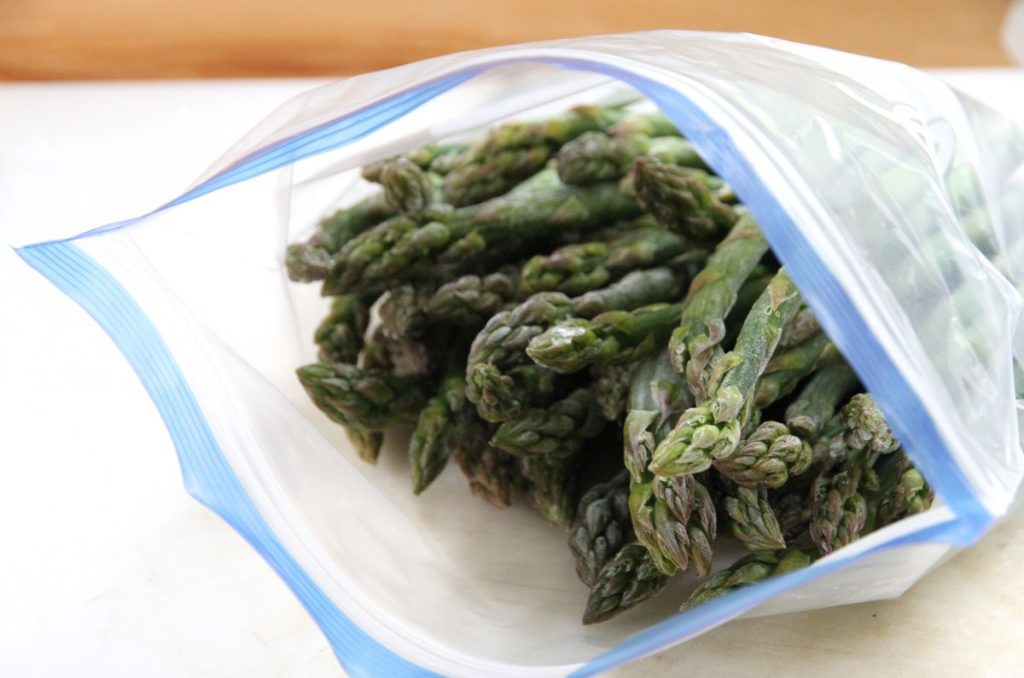
Best Way to Cook Frozen Asparagus
Frozen asparagus has a soft texture when cooked. And that's why I prefer to roast asparagus in the oven when I'm serving it as a side dish! If you boil them again, they will become quite mush and lose their texture.
How do you roast asparagus?
It's not hard! Just lay the frozen spears out on a baking sheet in a single layer, then drizzle with a little olive oil. Roast in a 400F oven until they shrink a bit and look roasted (15-20 minutes).
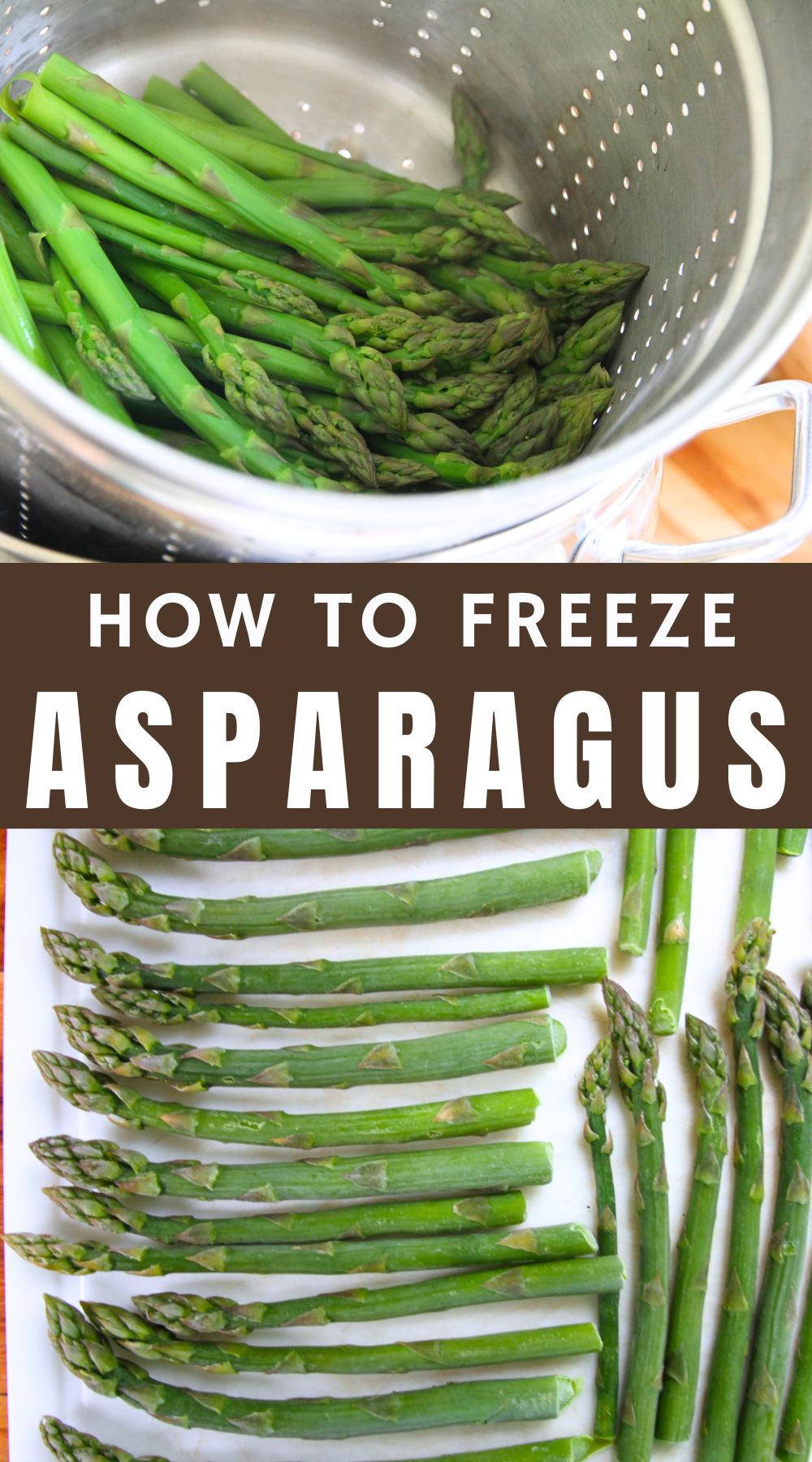
Asparagus Recipe Ideas
You don't just have to roast asparagus. You can add it to a lot of recipes! Here are some simple ideas.
- Asparagus stir fries
- Asparagus omelette
- Creamed asparagus soup
- Asparagus pasta
- Asparagus wrapped bacon
- Roasted asparagus with garlic
How to Freeze Fresh Asparagus
Equipment
- large pot with lid
- large colander
- slotted cooking spoon
- baking sheet
- freezer bag
- permanent marker
Materials
- 1-6 bundles fresh asparagus
- ice water in kitchen sink
Instructions
- Add water to your large pot and set it on to boil.
- Rinse your asparagus stalks and sort according to size if stalks significantly differ in thickness.
- Snap off tough and woody ends from asparagus spears.
- Fill the kitchen sink with cold water, being sure to add some ice if your water tends to be on the warmer side.
- When your water boils on the stove, add as much asparagus as you can keep submerged.
- Let asparagus sit in the water for 2 minutes.
- Lift asparagus and plunge into sink filled with cold water.
- Asparagus should be cooled for 30-60 seconds.
- Place spears in a colander and let them drain for another minute or two.
- Lay asparagus out in a single layer on a tray or baking sheet.
- Put the pan of asparagus in the deep freeze and leave for several hours or until solidly frozen.
- Lift asparagus and place in a freezer bag.
- Label the bag, seal and store in the freezer.
- Asparagus can go directly from the freezer to a baking sheet and can be roasted in the oven for a tasty side dish.

